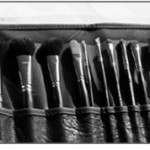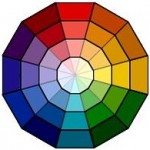Have you ever wondered why some people move up the corporate ladder quickly, while others consistently get passed over for promotion? Or why certain people do so well in sales? Yes, education, talent and people skills are major factors, but image also plays a major role.
Most companies spend a lot of money each year developing and maintaining their company image. As a representative of your company it’s up to you to reinforce this image by presenting yourself in a way that’s consistent with the company brand. Let’s face it, when we meet someone for the first time, whether we like it or not, we instantly form an impression about them. If the impression matches what they are trying to communicate, we are more likely to trust them. Once trust is established, it’s easier to build rapport and strong business relationships.







